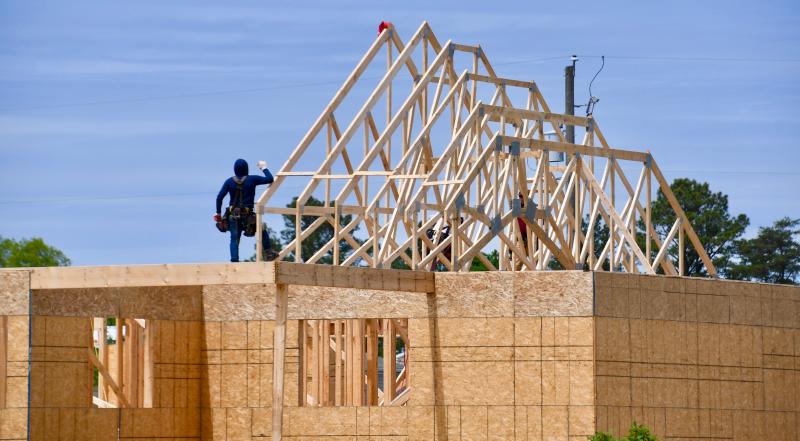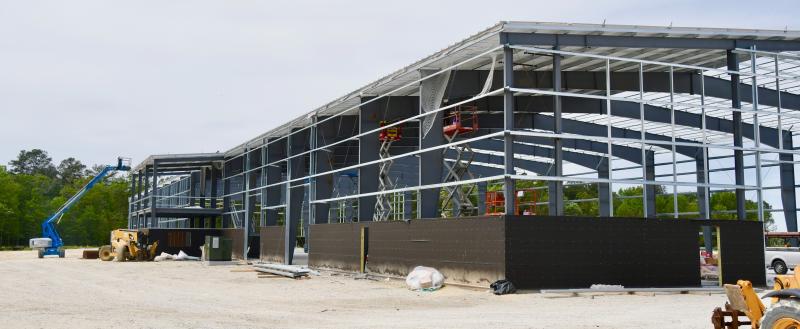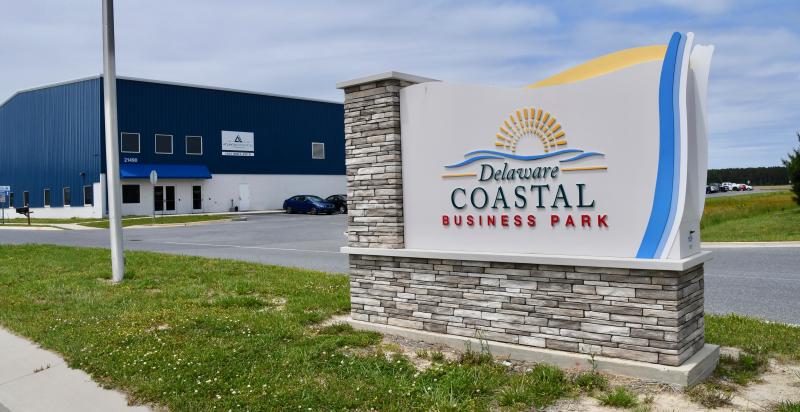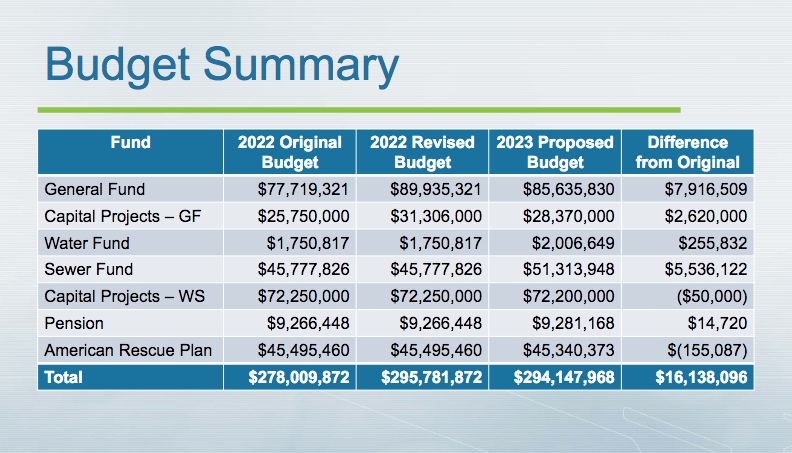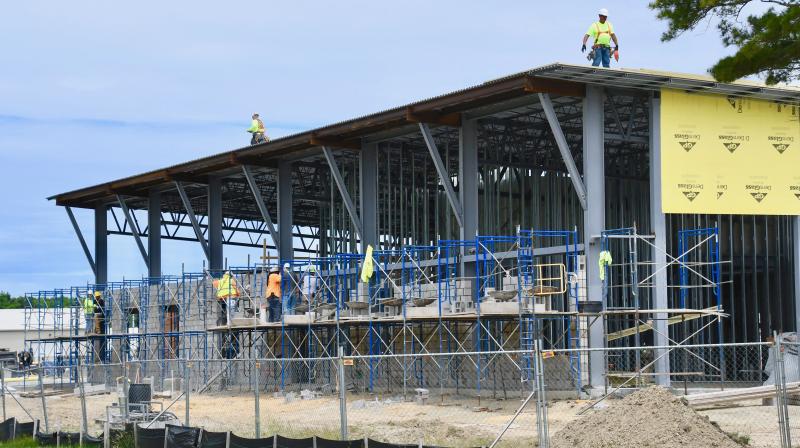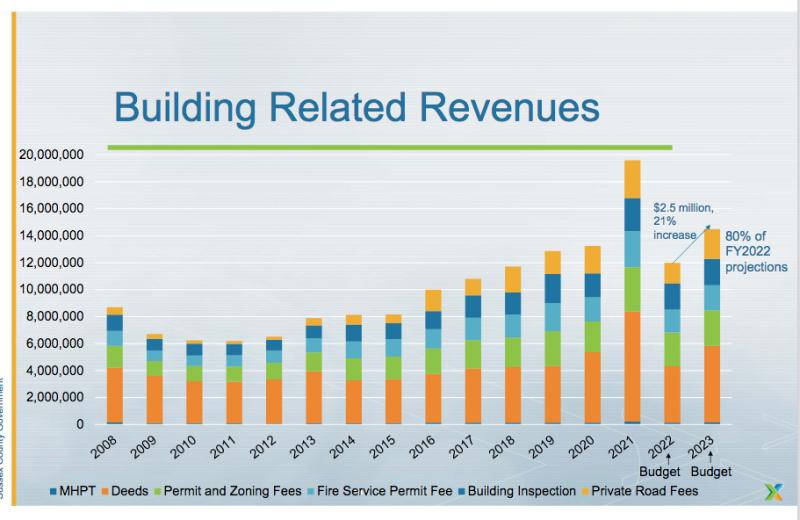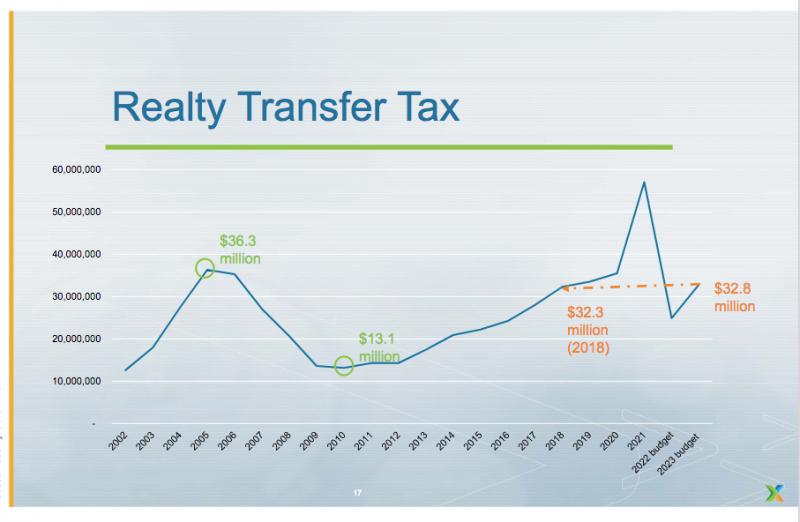Sussex officials roll out $294.1 million 2023 budget
Sussex County staff has unveiled a $294.1 million fiscal year 2023 budget, one of the largest in the county's history.
During a May 24 presentation to Sussex County Council, County Administrator Todd Lawson said rising inflation and supply-chain issues are contributing to economic uncertainty and created challenges preparing the budget. He said the proposed budget includes several cost-trimming measures, increases in some fees and no new large initiatives.
“The cost of everything is going up, and that’s reflected in our budget in the form of higher expenses for fuel, insurance, materials, labor costs, and so on,” Lawson said. “On its surface, a $300 million budget looks exceptional, but it’s a mirror of these exceptional economic times. We believe this proposal is prudent in keeping pace with the financial realities of the day, while maintaining the high level of service our customers demand and deserve.”
Building trend continues
As the housing construction boom continues, building-related revenue continues to be a significant funding source for the county.
Building-related revenue is budgeted to increase 21 percent, or $2.5 million from last year, to $14.5 million in fiscal year 2023, compared to $12 million in 2022, but much lower than the record $19.6 million in 2019.
Realty transfer tax revenue has increased nearly $8 million this fiscal year and is budgeted at $32.8 million in fiscal year 2023. That's a drop from a record $58 million in fiscal 2021. The county has budgeted revenue of $15.9 million from property taxes.
Proceeds from the transfer tax continue to be the county's top revenue source, accounting for 38% of total revenue.
Lawson and Finance Director Gina Jennings stressed to council that dependance on realty transfer tax revenue must be addressed.
Lawson said more and more of the funds are being used to support critical services, mostly in public safety. He said if there is a building lull at some point, county officials may have to seek additional revenue from taxpayers.
Funding public safety
Jennings stressed that the general operating budget contains $37 million for public safety, which is nearly a third of the general fund budget.
Nearly 50%, or $10.2 million, of the county's grant-in-aid budget of $22.1 million goes to public safety, including $3.8 million for extra Delaware State Police troopers in the county, $69,000 for local law enforcement grants and $5.6 million to county fire and ambulance services.
Demands on the county dispatch center continue to increase. In 2022, the county's dispatch center answered 124,792 911 calls, up from 115,547 in 2021, and 98,555 law enforcement, fire and EMS incidents, up from 44,773 in 2021.
About the budget
The proposed budget will fund a variety of local services, including 911 dispatchers, paramedics and local libraries, as well as various projects to expand sewer service and improve public safety. The budget is the second in a row for the county that nears $300 million, once again fueled by $45.3 million in funding from the American Rescue Plan Act.
The proposed budget is up by more than $16 million over last year's budget, but down slightly, approximately $1.6 million, when adjusted for amended expenses. Increased operational costs, continued economic uncertainty fueled by rising inflation, and more demand for public services are among the many factors driving this year’s proposal.
The budget includes $85.6 million in the general fund and $28.3 million in capital projects. It also includes $51.3 million in the sewer fund and $72.2 million for sewer and water capital projects, and $9.3 million in the pension fund.
Jennings said the county is seeing increases in nearly every cost category including employees, insurance, utilities and fuel. Realty transfer taxes totaling $30.4 million and $2 million in other reserve account funds are being used to balance the proposed 2023 budget, Jennings said.
Budget highlights
• $72.2 million for wastewater infrastructure, including new sewer mains, increased treatment capacity, and other upgrades to the county’s utility systems
• $7.4 million to preserve open space and farmland that could otherwise be developed
• $7.3 million to pay for the final phase of construction of a consolidated public safety complex that will expand the Emergency Operations Center to accommodate the county’s emergency medical services’ administrative offices and training facilities
• Increased funding, from $3.6 million to $3.8 million, for the county’s contract with the State of Delaware for the 22 supplemental Delaware State Police troopers – and the possibility of an additional officer – assigned to Sussex County
• $3.4 million in funding to pay for the continuing court-ordered countywide reassessment of all properties
• $1.5 million for the construction of a new paramedic station in the Millsboro area
• Nearly $800,000 more, from $2 million to $2.8 million, for local volunteer fire companies with ambulance service to cover salaries for paid EMTs
• Funding for new positions to meet demand in the county’s community development and housing, EMS, engineering, EOC, human resources, marriage bureau and records management offices, with 14 of those for additional paramedics, paramedics students and 911 dispatchers
• No change in current property tax rates, though there are a number of fee increases, including $24 annually for sewer and $35 annually for water for public utility customers, as well as new or adjusted fees for a variety of land-use services (change of zone, commercial site-plan review, subdivision and variance requests, etc.)
• $22.1 million in the grants-in-aid fund, with $10.2 million going to public safety
• County staff in fiscal year 2023 will total 562 employees, compared to 549 in 2009 and a low of 492 in 2014.
Public hearing on June 21
County council will hold a public hearing on the proposal during its 10 a.m., Tuesday, June 21 meeting in council chambers at the county administrative offices building, 2 The Circle, Georgetown. The public can comment in person or via teleconference on that date. The public may also submit comments at budget@sussexcountyde.gov. By law, council must adopt a budget by June 30.
To view a copy of the proposed budget, as well as the accompanying budget presentation, go to www.sussexcountyde.gov/county-budget.
Capital projects
Included in the $28.4 million general fund capital projects budget are business park improvements, $1.9 million; airport and business park utilities, $2.5 million; property acquisition, $6 million; public service building, $7.3 million, airport apron, $1.6 million; and EMS stations, $1.5 million.
Included in the $72.2 million water and sewer capital budget are two major wastewater treatment plant projects: Inland Bays, $13.1 million, and South Coastal, $20.5 million. Other sewer district projects include Herring Creek, $6.5 million; Chapel Branch, $3.5 million; Joy Beach, $3 million; Mulberry Knoll, $2.6 million; Wolfe Neck, $2.9 million; Holt's Landing, $2.5 million; Long Neck communities, $4.5 million and Lochwood, $3 million.
ARPA funds use
County officials have approved the following expenditures using ARPA funds: $25 million for sewer infrastructure projects; $6.3 million to the housing trust fund; $3 million for IT security upgrades; $1.4 million for eight new public safety employees; $5 million in grants to nonprofits, including hospitals, for eligible expenses in response to the COVID-19 emergency; and $500,000 to the county's kitchen incubator project to provide training for employees in the local hospitality-tourism industry.
